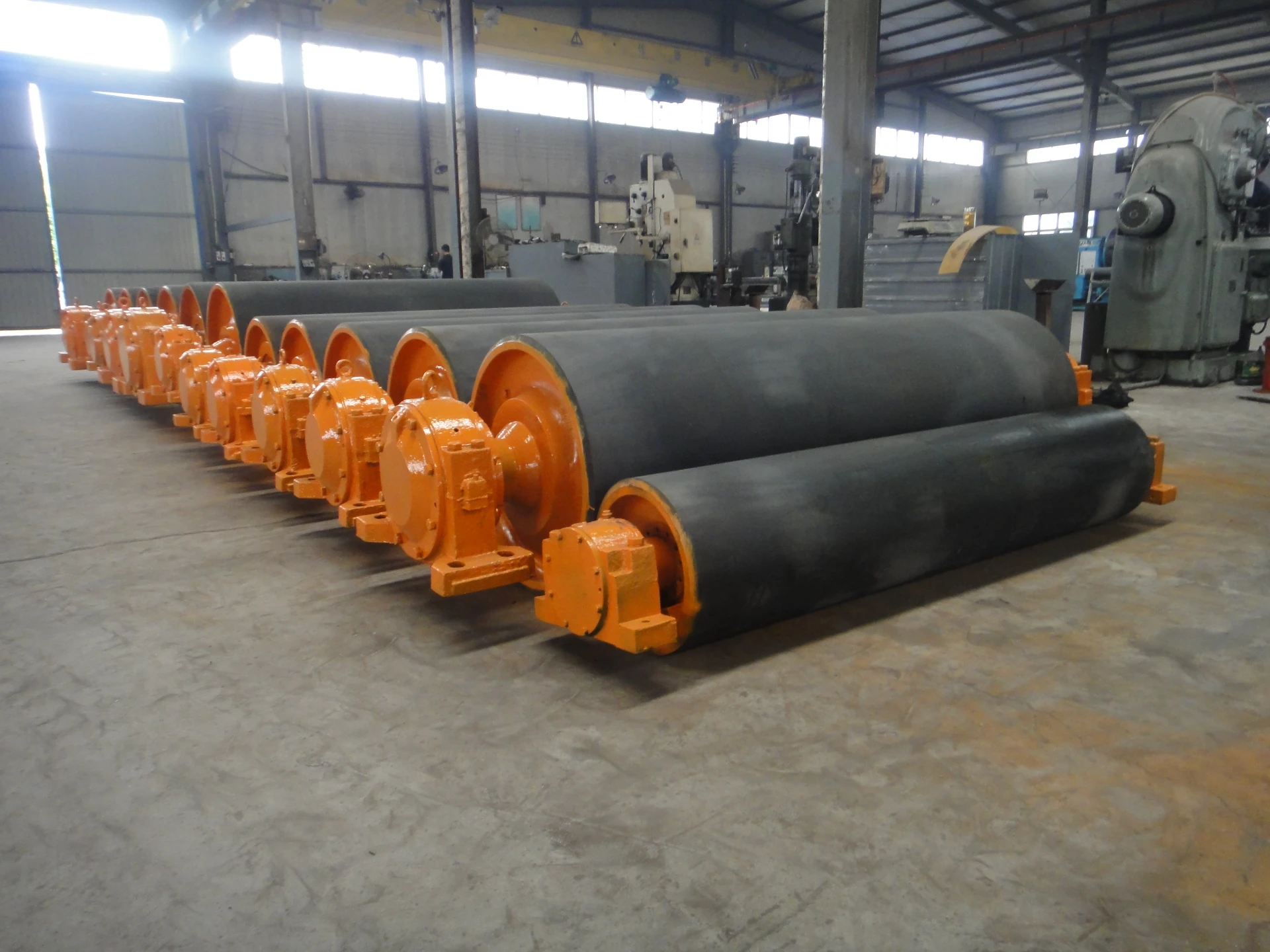 Afrikaans
Afrikaans  Albanian
Albanian  Amharic
Amharic  Arabic
Arabic  Armenian
Armenian  Azerbaijani
Azerbaijani  Basque
Basque  Belarusian
Belarusian  Bengali
Bengali  Bosnian
Bosnian  Bulgarian
Bulgarian  Catalan
Catalan  Cebuano
Cebuano  Corsican
Corsican  Croatian
Croatian  Czech
Czech  Danish
Danish  Dutch
Dutch  English
English  Esperanto
Esperanto  Estonian
Estonian  Finnish
Finnish  French
French  Frisian
Frisian  Galician
Galician  Georgian
Georgian  German
German  Greek
Greek  Gujarati
Gujarati  Haitian Creole
Haitian Creole  hausa
hausa  hawaiian
hawaiian  Hebrew
Hebrew  Hindi
Hindi  Miao
Miao  Hungarian
Hungarian  Icelandic
Icelandic  igbo
igbo  Indonesian
Indonesian  irish
irish  Italian
Italian  Japanese
Japanese  Javanese
Javanese  Kannada
Kannada  kazakh
kazakh  Khmer
Khmer  Rwandese
Rwandese  Korean
Korean  Kurdish
Kurdish  Kyrgyz
Kyrgyz  Lao
Lao  Latin
Latin  Latvian
Latvian  Lithuanian
Lithuanian  Luxembourgish
Luxembourgish  Macedonian
Macedonian  Malgashi
Malgashi  Malay
Malay  Malayalam
Malayalam  Maltese
Maltese  Maori
Maori  Marathi
Marathi  Mongolian
Mongolian  Myanmar
Myanmar  Nepali
Nepali  Norwegian
Norwegian  Norwegian
Norwegian  Occitan
Occitan  Pashto
Pashto  Persian
Persian  Polish
Polish  Portuguese
Portuguese  Punjabi
Punjabi  Romanian
Romanian  Russian
Russian  Samoan
Samoan  Scottish Gaelic
Scottish Gaelic  Serbian
Serbian  Sesotho
Sesotho  Shona
Shona  Sindhi
Sindhi  Sinhala
Sinhala  Slovak
Slovak  Slovenian
Slovenian  Somali
Somali  Spanish
Spanish  Sundanese
Sundanese  Swahili
Swahili  Swedish
Swedish  Tagalog
Tagalog  Tajik
Tajik  Tamil
Tamil  Tatar
Tatar  Telugu
Telugu  Thai
Thai  Turkish
Turkish  Turkmen
Turkmen  Ukrainian
Ukrainian  Urdu
Urdu  Uighur
Uighur  Uzbek
Uzbek  Vietnamese
Vietnamese  Welsh
Welsh  Bantu
Bantu  Yiddish
Yiddish  Yoruba
Yoruba  Zulu
Zulu rubber lagging
The Importance of Rubber Lagging in Industrial Applications
Rubber lagging is a crucial component in various industrial applications, primarily used as a protective layer for equipment, conveyor belts, and machinery. It serves to enhance the durability and efficiency of these systems, making it an essential material in industries ranging from mining to manufacturing.
One of the primary functions of rubber lagging is to provide increased traction between the conveyor belt and the material being transported. In industries such as mining, where heavy and abrasive materials are common, a high-friction surface can prevent slippage and ensure that materials are moved efficiently. This is particularly important in scenarios where inclines or declines are involved, as rubber lagging can significantly reduce the risk of materials sliding back.
Besides enhancing friction, rubber lagging also acts as a protective barrier that safeguards equipment from wear and tear. Conveyor systems, which operate in harsh environments, are susceptible to damage from the materials they transport. Rubber lagging absorbs impacts and protects the underlying structures from abrasive wear. This prolongs the life of machinery, reduces maintenance costs, and minimizes downtime, thereby increasing operational efficiency.
Moreover, rubber lagging is effective in reducing noise generated during the operation of machinery
. The rubber material dampens vibrations, which can be particularly beneficial in environments where excessive noise is a concern. This not only contributes to a more comfortable working environment but also meets regulatory standards for noise pollution, ensuring compliance with workplace safety regulations.rubber lagging

In terms of installation, rubber lagging is relatively easy to apply. It can be adhered to the surfaces of rollers or pulleys using adhesives, and the process is often completed swiftly, minimizing disruption to operations. Additionally, rubber is versatile and can be manufactured in various thicknesses and compounds to match specific application requirements. This adaptability ensures that industries can select the right type of rubber lagging that meets their operational needs.
The environmental benefits of rubber lagging should not be overlooked. As the world moves towards more sustainable practices, many manufacturers are now producing rubber lagging from recycled materials. This not only reduces waste but also helps companies achieve their sustainability goals while maintaining effective operational processes.
Furthermore, innovations in rubber lagging technology continue to emerge. Advancements in synthetic rubber compounds have led to the development of more durable and resistant products that withstand extreme temperatures, chemicals, and other harsh conditions. Such improvements are vital as industries seek materials that can endure modern operational challenges while maintaining cost-effectiveness.
In conclusion, rubber lagging plays an essential role in enhancing the performance and longevity of industrial machinery and conveyor systems. Its ability to provide traction, protect equipment, reduce noise, and adapt to various environments make it an indispensable material in numerous sectors. As technology advances and sustainability becomes a priority, the evolution of rubber lagging will continue to contribute to industrial efficiency and environmental stewardship.
-
Revolutionizing Conveyor Reliability with Advanced Rubber Lagging PulleysNewsJul.22,2025
-
Powering Precision and Durability with Expert Manufacturers of Conveyor ComponentsNewsJul.22,2025
-
Optimizing Conveyor Systems with Advanced Conveyor AccessoriesNewsJul.22,2025
-
Maximize Conveyor Efficiency with Quality Conveyor Idler PulleysNewsJul.22,2025
-
Future-Proof Your Conveyor System with High-Performance Polyurethane RollerNewsJul.22,2025
-
Driving Efficiency Forward with Quality Idlers and RollersNewsJul.22,2025





























